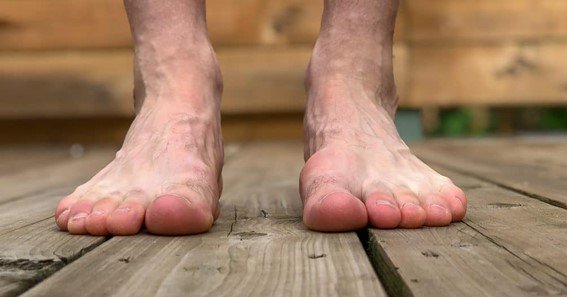Bone spur removal is an outpatient procedure that is performed by a doctor. The patient recovers from the surgery within a few weeks. Postoperative care typically involves keeping the foot elevated for three to seven days and avoiding prolonged standing and walking. After a few days, the patient can return to normal activities. If the patient has an active job, they will need to wear a special postoperative shoe. They should also plan to take ten to fourteen days off from work.
click here – A Guide To Corporate PR
Outpatient procedure
An outpatient procedure for surgery to remove bone spurs on top of the foot can be a great option for this condition. Patients can return home the same day and are generally required to elevate their feet for three to seven days. Following surgery, patients may also need to avoid prolonged walking and standing. The procedure is often performed using minimally invasive techniques, such as arthroscopic surgery.
After the procedure, the healthcare provider will check to make sure that the patient is comfortable with the anesthetic. Then, they will remove the bone spur. Surgical bone wax will be placed on the exposed bone surfaces to help prevent the formation of bone spurs in the future. The skin will then be closed with sutures, and the area will be covered with bandages. Once the anesthetic has worn off, the patient will be given instructions on pain control and wound care. Upon recovering from surgery, patients will likely be able to walk, but they will need to wear surgical shoes for several weeks.
Depending on the severity of the problem, patients may choose a surgical procedure to remove the bone spur. Typically, this procedure is performed to improve symptoms of severe pain in the big toe associated with bone spurs. This surgery is a safe and effective treatment for many people, but it is not right for everyone. This surgery is not appropriate for people with complicated foot structures or vascular problems. It can also be risky if patients suffer from peripheral neuropathy or are at risk of infection.
Painful condition
There are two options for removing bone spurs on the top of the foot: surgical excision and conservative treatments. Conservative treatments include lifestyle readjustments. For example, wearing a larger shoe can help relieve direct pressure and help the foot heal faster. In some cases, surgery may be the best option.
A podiatrist will first examine your feet to see if bone spurs are present. They will also check your toe’s range of motion and measure the size of the bone spur. Surgical procedures will be necessary if the bone spurs are large enough to affect the range of motion of your toe joint.
While the process of surgical excision isn’t the most appealing, it is the best option if it eliminates pain. Most patients who undergo this procedure experience minimal scarring. In most cases, there is only one small, thin scar, which is barely noticeable.
Treatment options
The treatment for bone spurs on the top of the foot is complex and can involve surgical removal. While the procedure has some risks, such as a blood clot, it has a short recovery time, and the patient can return to regular activity much faster. Treatment options for a bone spur on top of the foot may include physical therapy, oral anti-inflammatory medications, custom orthotics, and open-back shoes. Custom orthotics can help reduce pressure on the bone spur, reposition the foot, and eliminate pain.
Conservative treatment options for bone spurs on the top of the foot may include wearing a larger shoe or wearing a surgical shoe. These options should be carefully considered, however, and should take into account the patient’s lifestyle, age, and foot problem. In most cases, patients can return to normal activities immediately after surgery, but some may need to wear a surgical shoe for a few weeks.
Treatment options for a bone spur on the top of the foot include surgical procedures and physical therapy. Surgical procedures may require a large incision, and patients may experience some pain or stiffness afterward. However, a podiatrist can help you decide which treatment option is right for you.
click here – Reasons to Construct Temporary Classrooms
Blood clot risk
While the procedure is often considered cosmetic, it also carries a significant risk of blood clots. These are extremely serious and can be life-threatening if not treated. Fortunately, there are ways to lower your risk. For one, you should avoid sitting for long periods of time. Instead, set an alarm to get up and move around every two to three hours. You should also make sure to stretch your legs and toes to keep blood flowing. Alternatively, you can wear a compression garment to help prevent blood clots from forming.
In the past, people with bone spurs have had to undergo surgical procedures to correct the condition. While surgical removal has become a popular way to correct bone spurs, the procedure has its risks. Blood clots can form in the surgery site. Because of this, New York City foot doctors, for example, may recommend blood-thinning medications for patients undergoing this procedure.
If you have any other medical conditions, the surgery may increase the risk of blood clots. You also should make sure that you do not smoke during the surgery because this increases the risk of clots. You should also stay active during the recovery period. Staying active and staying hydrated will help reduce your risk of a blood clot.

